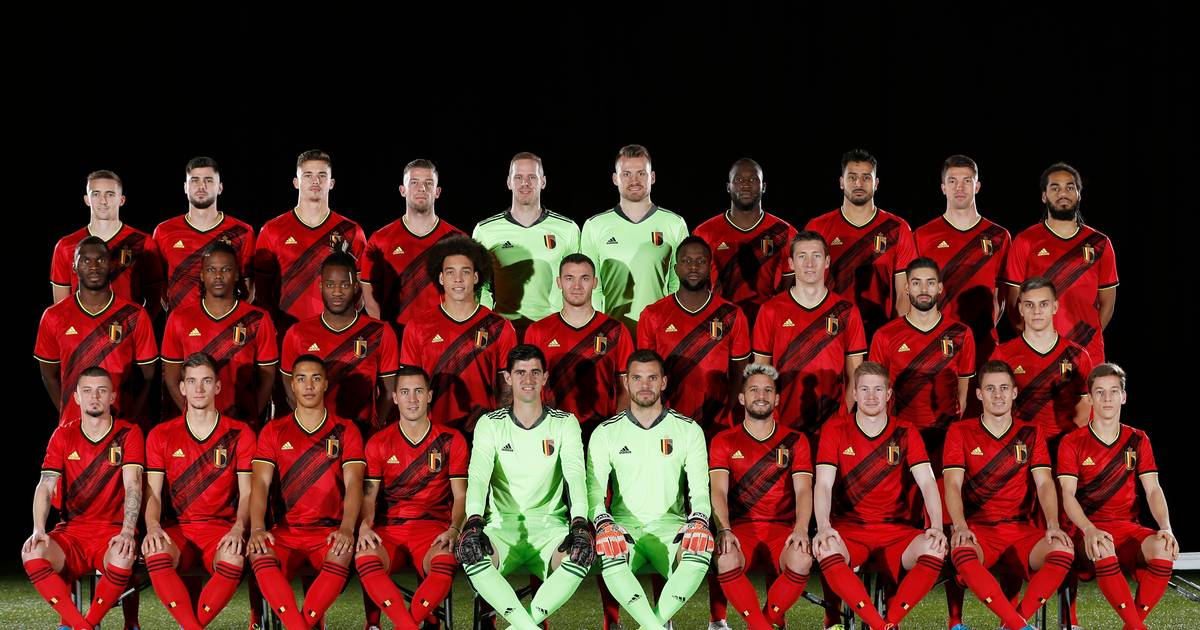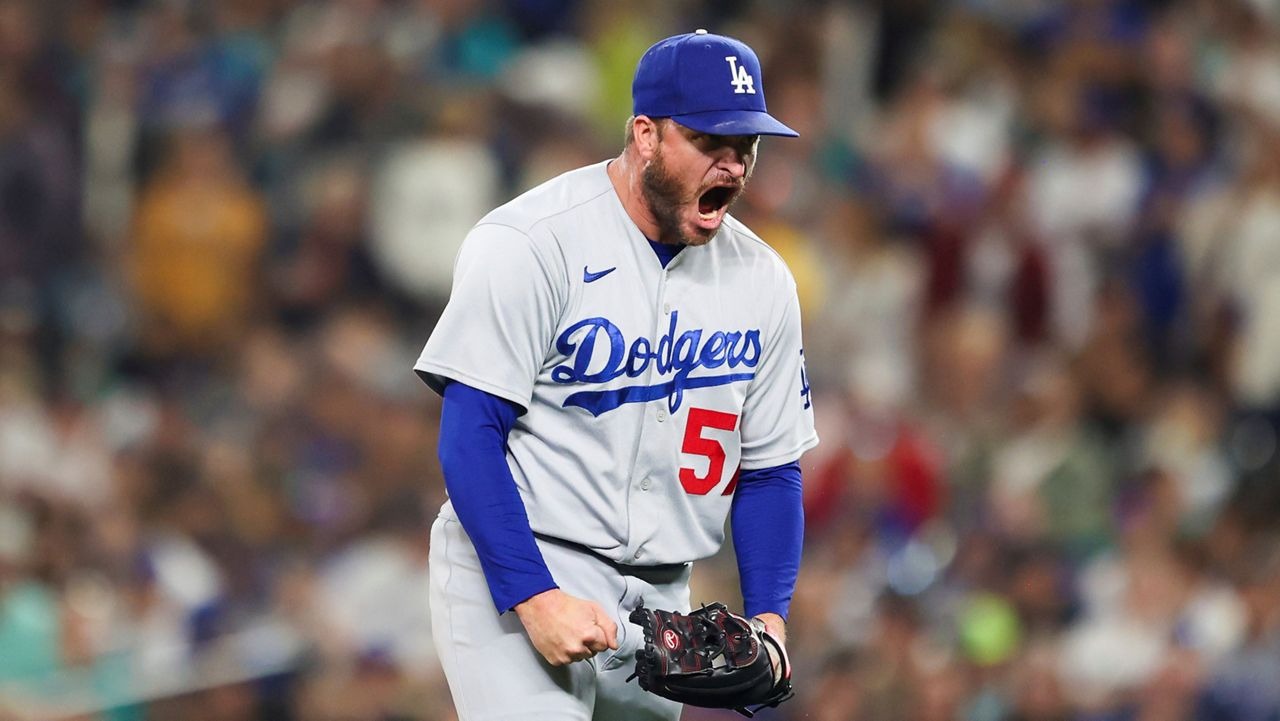The Hells Angels: An In-depth Analysis

Table of Contents
A History of the Hells Angels
Early Years and Formation
The Hells Angels’ origins trace back to the post-World War II era, a time of societal upheaval and restless youth. Founded in 1948 in San Bernardino, California, the club initially consisted of a small group of veterans and motorcycle enthusiasts. Their early activities centered around motorcycle racing, social gatherings, and a burgeoning biker culture.
- Location of founding: San Bernardino, California
- Initial membership: Primarily World War II veterans and motorcycle enthusiasts
- Early activities: Motorcycle racing, informal gatherings, and early displays of club identity.
These early years laid the groundwork for the club's future expansion and cemented the Hells Angels' position within the burgeoning post-war motorcycle culture. Understanding the early Hells Angels provides crucial context for their later development.
Expansion and Growth
From their humble beginnings, the Hells Angels experienced significant expansion across the United States and internationally. The 1950s and 60s witnessed a period of rapid growth, with new chapters established in various cities and states. This expansion was fueled by a combination of factors including the increasing popularity of motorcycle culture, the club's carefully cultivated image, and a deliberate strategy of establishing a powerful presence.
- Key expansion periods: 1950s-1960s, and subsequent decades with international chapters.
- Establishment of chapters: Strategic placement across major cities to control territory and influence.
- Geographical spread: From the United States to numerous countries worldwide.
This international Hells Angels network represents a significant aspect of the club's evolution and influence.
Notable Conflicts and Legal Battles
The history of the Hells Angels is punctuated by violent clashes with rival OMCs and ongoing legal battles with law enforcement agencies. These conflicts, often stemming from territorial disputes and the club's alleged criminal activities, have shaped the public perception of the Hells Angels and contributed significantly to their infamous reputation.
- Major clashes with rival OMCs: Numerous violent confrontations have been documented throughout their history.
- Significant legal cases and convictions: High-profile trials involving drug trafficking, violence, and racketeering have resulted in numerous convictions.
- Impact of law enforcement crackdowns: Law enforcement efforts to dismantle the club have been met with resistance and countermeasures.
The Hells Angels’ history of Hells Angels crime and involvement in legal battles continues to shape the public’s perception of the club.
The Structure and Organization of the Hells Angels
Chapter System and Hierarchy
The Hells Angels operate through a complex chapter system, with a strict hierarchy within each chapter and across the entire organization. The club is structured with a clear chain of command, ensuring centralized control and efficient communication.
- Description of the chapter system: Individual chapters function relatively autonomously but report to higher-level leadership.
- Roles and responsibilities of members: Specific roles like President, Vice President, Sergeant-at-Arms, and other positions ensure smooth club operations.
- Communication channels within the club: Internal communication is crucial for coordinating activities and maintaining control.
Understanding the Hells Angels hierarchy is crucial to comprehending their organizational power and effectiveness.
Membership and Initiation
Becoming a member of the Hells Angels is a demanding process, involving a rigorous initiation and stringent requirements. The “patch,” the iconic symbol of the club, represents more than just membership; it signifies a commitment to the club’s values and ideals – however controversial those may be.
- Membership criteria: Applicants typically have to demonstrate loyalty, toughness, and a commitment to the club's “lifestyle.”
- Initiation process: The process involves a probationary period and potential “tests” of loyalty and commitment.
- Significance of the “patch”: Wearing the patch represents a profound commitment and signifies membership within this notoriously exclusive group.
The Hells Angels’ rigorous membership process underscores the exclusivity and dedication expected of its members.
Activities and Allegations
Criminal Activities
The Hells Angels have faced numerous allegations of involvement in various criminal activities, including drug trafficking, violent crimes, and racketeering. While the club maintains it is primarily a social organization, these allegations have shaped its public image and drawn significant law enforcement attention.
- Specific examples of alleged criminal activities: Numerous investigations and trials have documented alleged involvement in these crimes.
- Investigations and convictions: Successful prosecutions have demonstrated a clear link between the club and criminal enterprises in several instances.
- Impact on public perception: These allegations, despite the club's claims to the contrary, have deeply impacted public perception.
The Hells Angels’ alleged criminal activities remain a significant point of contention and continue to be a focus of law enforcement.
Legitimate Businesses (if any)
While predominantly known for alleged criminal activities, there have been instances of the Hells Angels attempting to establish legitimate businesses. However, these endeavors are often shrouded in controversy and are closely scrutinized by law enforcement due to potential money laundering or other illegal activity. Analyzing these businesses requires careful consideration of their legitimacy and ethical implications.
- Examples of businesses (if any): Specific examples of legitimate business ventures, if they exist, need to be investigated and analyzed.
- Their legitimacy: A careful assessment of the legality and transparency of these business operations is necessary.
- The ethical implications: The potential conflicts of interest and ethical concerns surrounding these ventures must be considered.
The exploration of any legitimate Hells Angels business endeavors provides a more nuanced understanding of the club's financial operations.
The Cultural Impact of the Hells Angels
Media Portrayal and Public Perception
The Hells Angels have been extensively portrayed in media, often in a sensationalized manner that reinforces their outlaw image. This media representation, while contributing to their notoriety, also often distorts their reality and fuels misconceptions.
- Examples of media representations (films, books, documentaries): Many films and books have portrayed the club, sometimes romanticizing or demonizing their image.
- Effects on public opinion: Media depictions significantly influence public perception, often creating a polarized view of the club.
- Misconceptions about the club: Media portrayals often perpetuate inaccurate or exaggerated claims about the club and its activities.
Media coverage plays a crucial role in shaping public perceptions of the Hells Angels.
Motorcycle Culture and Subculture
The Hells Angels have played a significant role in shaping motorcycle culture and the broader biker subculture. Their influence on fashion, lifestyle choices, and even the mechanics of motorcycle maintenance continues to have an impact.
- Relationship with other motorcycle clubs: The Hells Angels' interactions with other OMCs and motorcycle clubs have been complex and often volatile.
- Contribution to motorcycle culture: Despite their controversial reputation, the club's contributions to motorcycle culture are undeniable.
- Influence on fashion and lifestyle: Their iconic image has influenced various aspects of biker fashion and lifestyle.
The Hells Angels' influence on motorcycle culture is undeniable, though its nature remains complex and contested.
Conclusion
This analysis of the Hells Angels reveals a complex organization with a controversial history, a rigid structure, and a significant cultural impact. Their alleged criminal activities have cast a long shadow over their image, while their role within the motorcycle subculture remains a topic of ongoing discussion. The line between myth and reality blurs in the case of the Hells Angels, underscoring the need for critical thinking and informed analysis. To further your understanding of this fascinating and contentious group, continue your Hells Angels research, exploring diverse sources and developing your own informed opinion on this iconic, and often controversial, motorcycle club. Learn more about the Hells Angels, challenge assumptions, and engage in responsible discussions about their history and ongoing impact.

Featured Posts
-
 The Post Roe Landscape Examining The Role Of Otc Birth Control
May 26, 2025
The Post Roe Landscape Examining The Role Of Otc Birth Control
May 26, 2025 -
 Thierry Luthers En Deuil La Mort De Son Frere Albert
May 26, 2025
Thierry Luthers En Deuil La Mort De Son Frere Albert
May 26, 2025 -
 Matan Angrest Kidnapping Photo Depicts Soldiers Visible Wounds
May 26, 2025
Matan Angrest Kidnapping Photo Depicts Soldiers Visible Wounds
May 26, 2025 -
 Une Nouvelle Dynamique Pour Les Diables Rouges Analyse De La Strategie De La Rtbf
May 26, 2025
Une Nouvelle Dynamique Pour Les Diables Rouges Analyse De La Strategie De La Rtbf
May 26, 2025 -
 Arda Gueler E Uefa Sorusturmasi Real Madrid Yildizlarina Sok
May 26, 2025
Arda Gueler E Uefa Sorusturmasi Real Madrid Yildizlarina Sok
May 26, 2025
Latest Posts
-
 Dodgers And Padres An Unbeaten Start To The Nl West Season
May 28, 2025
Dodgers And Padres An Unbeaten Start To The Nl West Season
May 28, 2025 -
 Nl West Showdown Dodgers And Padres Start Strong
May 28, 2025
Nl West Showdown Dodgers And Padres Start Strong
May 28, 2025 -
 Padres Position Shifts In Recent Mlb Power Rankings
May 28, 2025
Padres Position Shifts In Recent Mlb Power Rankings
May 28, 2025 -
 National Media Ranks Padres Lower In Updated Mlb Power Rankings
May 28, 2025
National Media Ranks Padres Lower In Updated Mlb Power Rankings
May 28, 2025 -
 San Diego Padres Begin Extended Road Trip In Pittsburgh
May 28, 2025
San Diego Padres Begin Extended Road Trip In Pittsburgh
May 28, 2025
